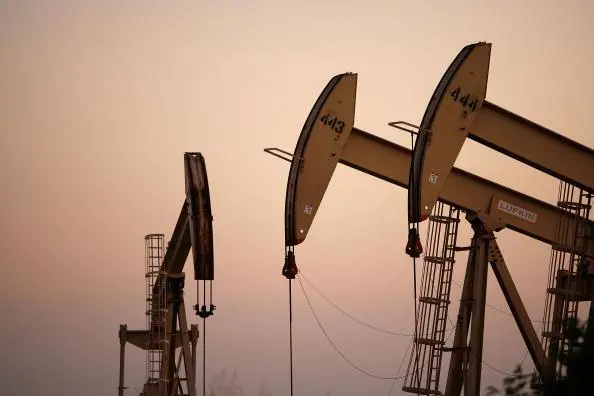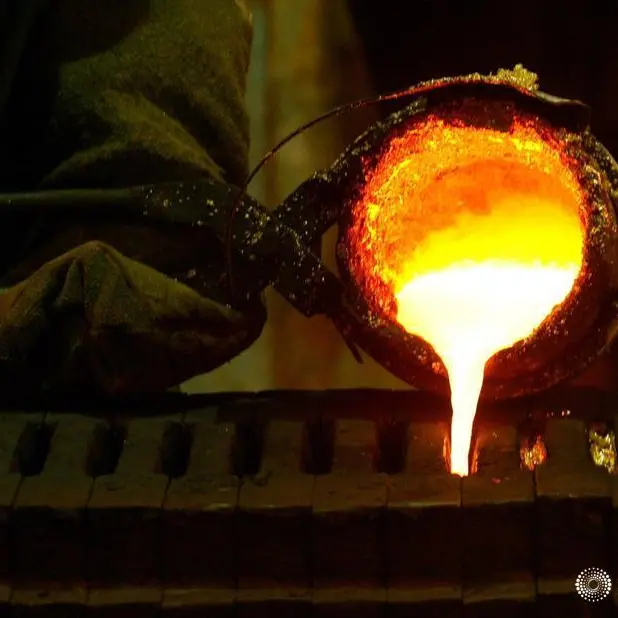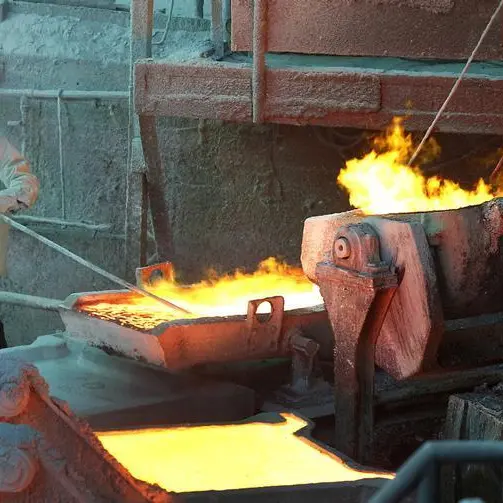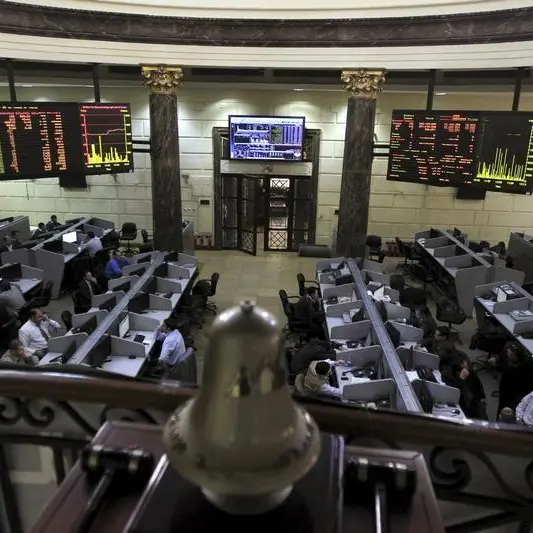PHOTO
- Oil prices rise on lower supplies
- Asian shares add gains, boosted by Chinese shares
- Egypt’s blue-chip index EGX30 rose 0.8 percent on Monday
- Dollar edges lower, gold
Oil prices
Oil prices rose again on Tuesday, supported by tightening supplies.
OPEC issued a list of oil production cuts by its members and other major producers for six months starting January 1, to boost confidence in its oil supply reduction pact.
Oil prices have also been boosted by lower supply from Venezuela, as the U.S. introduced petroleum export sanctions against state-owned Venezuelan energy firm PDVSA.
U.S. West Texas Intermediate (WTI) crude oil futures were at $56.97 per barrel at 0054 GMT, up 18 cents, or 0.3 percent, from their last settlement.
Brent crude futures were at $66.75 per barrel, up 17 cents, or 0.3 percent.
“(Despite economic headwinds), we still see Brent prices averaging $70 per barrel this year and expect WTI to lag, averaging $59 per barrel in 2019,” said Bank of America Merrill Lynch, according to a Reuters report.
The bank added that was partly due to demand for marine diesel expected from next year as part of new fuel rules from the International Maritime Organization.
“With diesel yields already maxed out, refiners may need to lift runs in 2H19 to meet rising demand for marine distillates,” it said.
Global markets
Asian shares rebounded early on Tuesday from low levels touched on Friday.
MSCI’s broadest index of Asia-Pacific shares outside Japan was up 1.08 percent, with early gains reinforced by a rise in Chinese shares and oil companies, which were buoyed by higher oil prices.
But Oliver Jones, market economist at Capital Economics cautioned that the Chinese rally is “built on shaky foundations,” according to a Reuters report.
“The surge in China’s mainland equity markets since the start of the year looks excessive, even allowing for renewed optimism about stimulus in China and the possibility of a US-China trade deal,” he said in a note.
“Since we are anticipating more economic weakness in both China and the rest of the world regardless, we suspect that the Shanghai and Shenzhen markets will fall back sharply later in the year.”
Middle East markets
Middle East stocks were mixed on Monday.
Saudi Arabia’s index was the worst performer, dropping 0.5 percent, with lender Samba Financial Group slipping 1.8 percent and Banque Saudi Fransi shedding 1.7 percent.
In Dubai, the index was up 0.5 percent, boosted by real estate stocks as blue-chip developer Emaar Development increased 1.1 percent while its unit Emaar Malls rose 4.2 percent.
The Abu Dhabi index traded flat with First Abu Dhabi Bank slipping 0.4 percent.
Qatar’s index was down 0.3 percent with Qatar International Islamic Bank falling 6.1 percent.
Egypt's blue-chip index EGX30 rose 0.8 percent with investment firm Egypt Kuwait Holding gaining 2.2 percent.
Kuwait’s premier market index edged up 0.1 percent, Bahrain’s index was mainly flat and Oman’s index edged 0.1 percent lower.
Currencies
The dollar dropped on Tuesday, as investors turned to equities.
The dollar index, which measures the greenback against a basket of six major currencies, fell almost 0.2 percent to 97.056.
Precious metals
Gold prices edged lower on an improvement in risk appetite.
As of 0104 GMT, spot gold was down 0.1 percent at $1,293.17 per ounce.
U.S. gold futures were up 0.1 percent at $1,292.90 an ounce.
(Reporting by Gerard Aoun; Editing by Mily Chakrabarty)
Our Standards: The Thomson Reuters Trust Principles
Disclaimer: This article is provided for informational purposes only. The content does not provide tax, legal or investment advice or opinion regarding the suitability, value or profitability of any particular security, portfolio or investment strategy. Read our full disclaimer policy here.
© ZAWYA 2019












